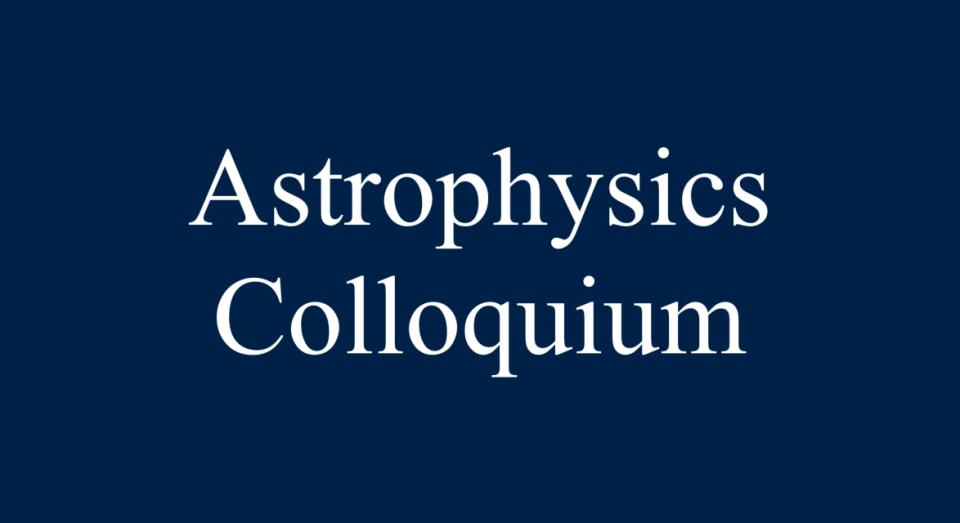Denys Wilkinson Building, Department of Physics, University of Oxford, Keble Road, Oxford OX1 3RH
Alan Heavens (Imperial)
Lawrence Clark - Lawrence.selmons-clark@physics.ox.ac.uk
Our imperfect view of the Universe
Einstein’s general theory of relativity tells us that images of distant galaxies are distorted, as the light paths get bent as they pass through the clumpy Universe. Those distortions, known as Cosmic Shear, contain information about the matter distribution and the properties of Dark Energy, as well as being able to probe whether Einstein gravity is itself correct. How can we extract this information? In this talk I’ll review the field and discuss Bayesian ways to use the data without losing information. As an illustration of one such technique, Simulation Based Inference (AKA Likelihood-free inference), which is applicable to many areas of science, I’ll show how Pantheon+ Supernova Cosmology can be done with 3 numbers instead of the original sample of 1590 supernovae. These numbers are (1304.68, 23857.17, −1341.94).

